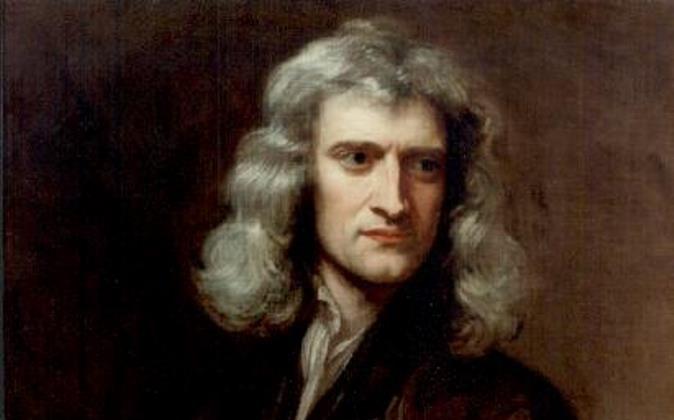Isaac Newton, physicist, mathematician, and one of the most influential scientists ever, was also a prolific alchemist and even owes part of his scientific legacy to the mysterious craft.
Newton’s handwritten manuscript on alchemy recently resurfaced when a Philadelphia-based nonprofit, Chemical Heritage Foundation, purchased the 17th century document.
The manuscript documents Newton’s pursuit of the Philosopher’s Stone, a mystical substance that can turn common elements, like lead, to precious ones, like gold.
Newton’s recipe for magical Philosopher’s Stone #Newton #Alchemy #Science #History https://t.co/Zaqzc4gUev pic.twitter.com/4jcRmtctgQ
— Burak ÇALIŞKAN (@caliskan_burak) March 28, 2016
“Combine one part Fiery Dragon, some Doves of Diana, and at least seven Eagles of mercury,” describes part of the recipe on the nonprofit’s website.
“Newton wrote more than one million words about alchemy throughout his life, in the hope of using ancient knowledge to better explain the nature of matter—and possibly strike it rich,” states a National Geographic article. “But academics have long tiptoed around this connection, since alchemy is usually dismissed as mystical pseudoscience full of fanciful, discredited processes.”
That’s why Newton’s alchemical work has been scattered across different private collections. Cambridge University, Newton’s alma mater, declined to archive his alchemy recipes in 1888 and the texts were then auctioned off in 1936 for about 9,000 British pounds (an equivalent of around $618,000 today).
In fact, Newton’s major contribution to optics, specifically that white light is a mix of light of different colors, can be traced back to his background in alchemy, according to science historian William Newman of Indiana University.
“Alchemists were the first to realize that compounds could be broken down into their constituent parts and then recombined. Newton then applied that to white light, which he deconstructed into constituent colors and then recombined,” Newman told National Geographic. “That’s something Newton got from alchemy.”





